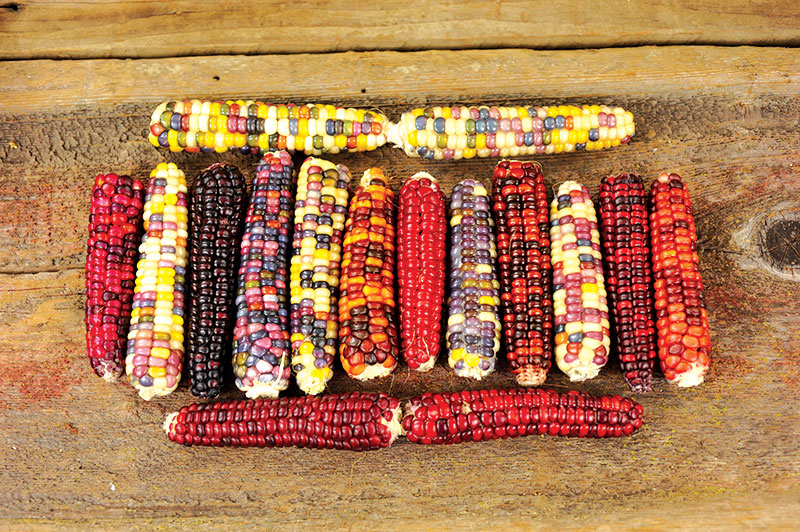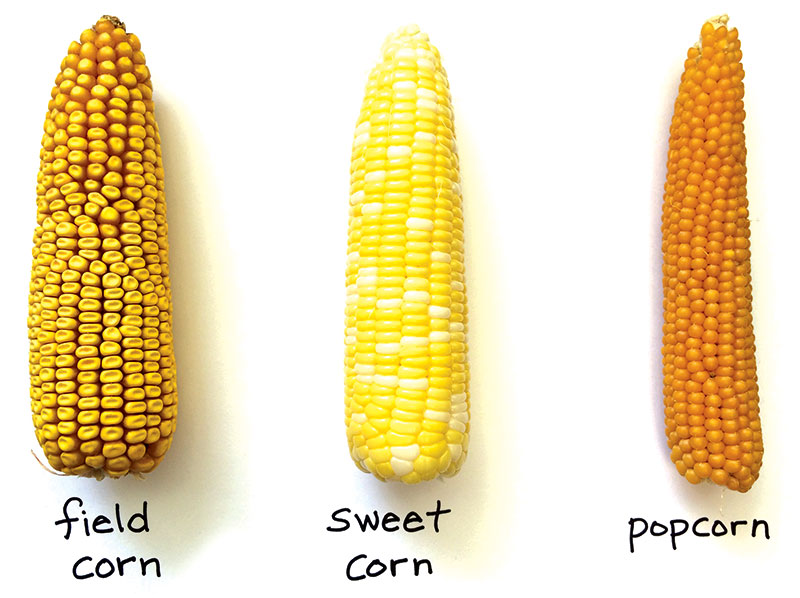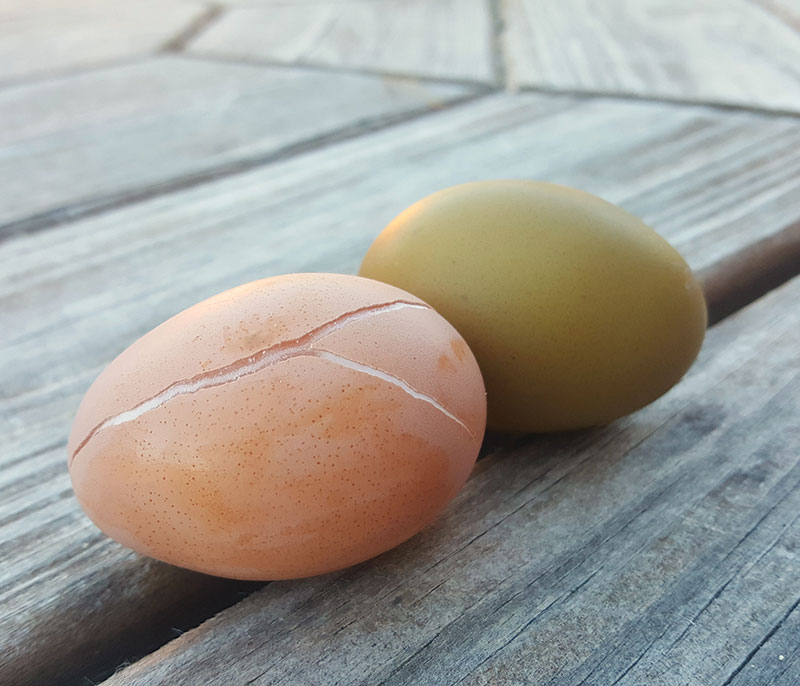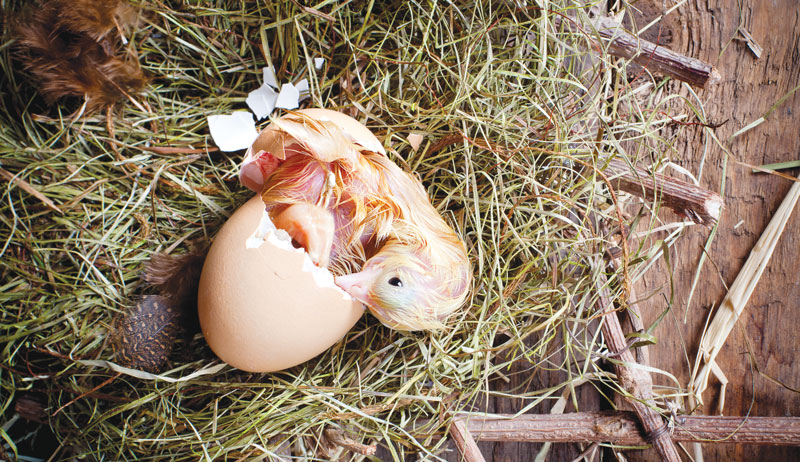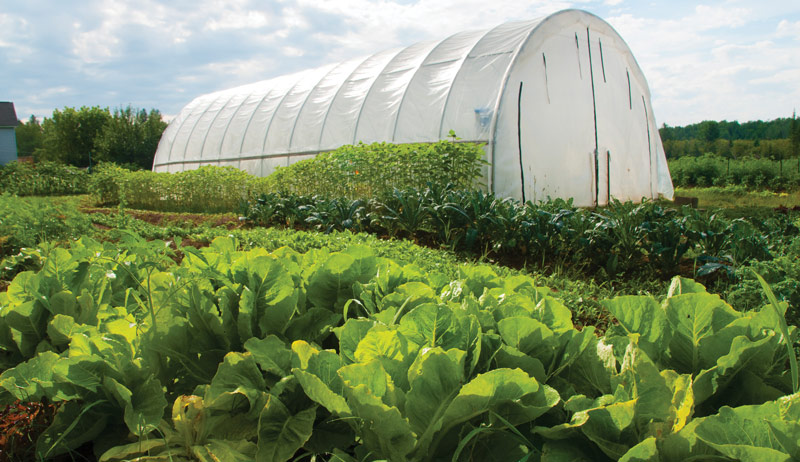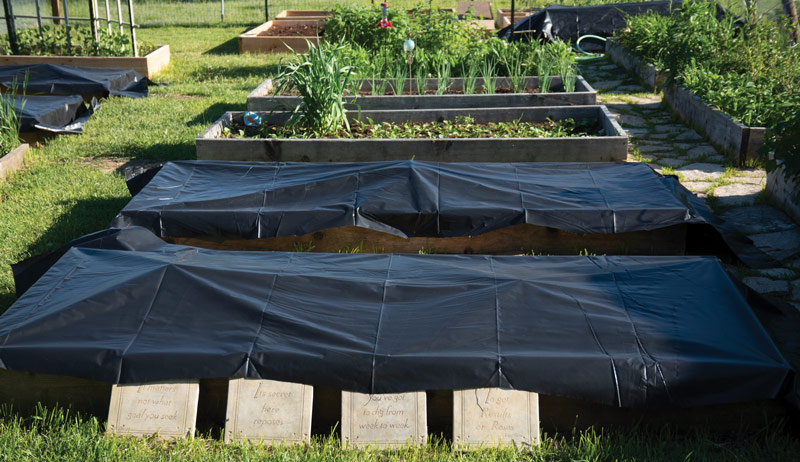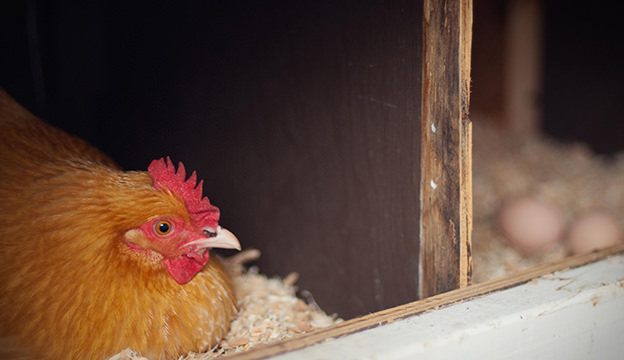Rain gardens and bioswales are gardening options that provide native habitats and manage excess rainwater simultaneously.
What Happens When We Get Too Much Rain Too Fast?
When our gardens get buckets of rainfall dumped on them in a more compressed amount of time, we’re at greater risk for flooding—and greater risk of losing precious topsoil in the process. Rather than slowly penetrating and subsequently filtering through layers of soil to recharge the local groundwater, extreme rainfall becomes fast-moving runoff.
If your soil is really compacted or, like most of us, you’re surrounded by asphalt roads, concrete driveways and similarly impervious surfaces, all that extra rainwater has a chance to spread out and flow even more quickly across these areas. As a result, the runoff remains above ground, making its way into nearby streams and rivers and taking the topsoil and its nutrients along with it.
Fortunately, we can prepare for these extreme weather events and preserve the rich topsoil we work so hard to build. By building bioswales and rain gardens into our landscapes, we can channel and slow that runoff.
Changing Environmental Conditions
No matter where you live and where you garden, odds are you’ve noticed at least some changes in your local weather patterns over the last several years. Throughout much of the United States, for instance, we’ve seen new extremes—more intense rains punctuated by prolonged periods of drought.
A 2019 research brief released by the policy-neutral nonprofit group Climate Central notes that for every degree Fahrenheit rise in temperature, our atmosphere can hang onto about 4 percent more water vapor. That means as temperatures go up, the stage is set for even heavier deluges when it does rain. Climate Central researchers analyzed the rainiest days of the year for 244 U.S. cities and determined that, “Since 1950, the wettest day of the year has gotten wetter in 79 percent of the cities analyzed.
“In addition to getting stronger, extreme downpours are happening more frequently than in the past. In 80 percent of the cities analyzed, the top 1 percent of rain events have been recorded disproportionately recently.” Just how recently? More than 1⁄3 of the cities Climate Central studied set their rainfall records since 1990.
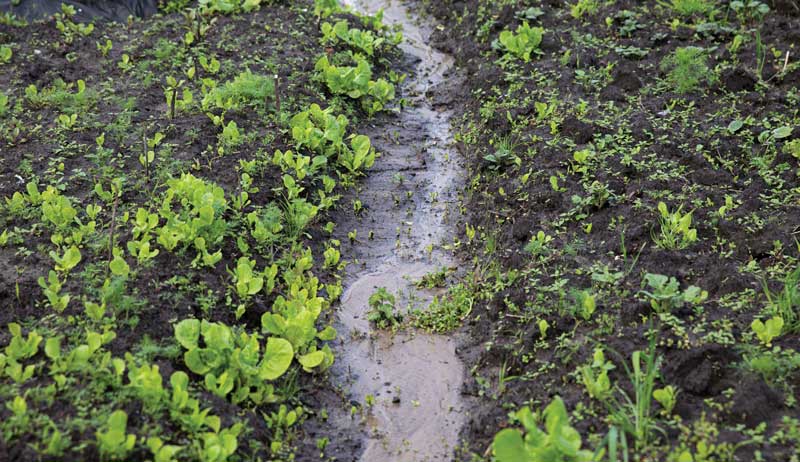
What is a Bioswale?
You may already be familiar with swales. They’re long, narrow ditches or shallow basins typically positioned around homes and along roads to redirect storm water. These may be planted with grass, filled with stone, or even made from concrete. But what makes a swale a bioswale?
Modeled after Mother Nature, a bioswale incorporates natural elements that work together to filter and direct the runoff. These may include native perennial grasses and flowers as well as certain soil amendments. In part, the natural elements to be included depend on factors such as soil texture and how quickly water drains through a particular area. The land’s degree of slope matters, too. (Land that is nearly flat or, conversely, land that is very steeply sloped is ill-suited for a bioswale.)
What is a Rain Garden?
You can use bioswales to slow and direct stormwater runoff from your roof, driveway and other impervious surfaces, but where exactly should this runoff go? Bioswales work especially well when paired with rain gardens. Rain gardens are usually located in low-lying areas and include deeply rooted native plant species that, once established, can tolerate “wet feet” and drought conditions.
While native plants do some of the runoff-filtering work, the physical structure and layout of the rain garden are also important parts of the equation. Imagine the rain garden as a kind of basin complete with berms—built-up ridges of land—on all sides except for the side that receives stormwater runoff.
Water from the gutters on your home and water being directed along any nearby bioswales flows into the rain garden site. The rain garden’s high berms help to hold the runoff in place long enough for it to be taken up by the deeply rooted plants. The stormwater runoff also gradually penetrates and drains through the rain garden’s layers of mulch and amended soil.

How Do I Choose Between a Bioswales and Rain Gardens?
Should you choose to install your own bioswale and rain garden, their location, size and shape depend on several factors. Some of these include your current stormwater runoff drainage patterns, the texture of your soil, the rate at which water drains through it, and your growing conditions.
Stormwater Runoff
If you aren’t sure about the path your stormwater runoff currently takes, you might have to wait until the next heavy rain to carefully observe this. Take note of any areas in the yard with standing water as well as any spots that feel extra squishy. Snap some photos or draw a map to help you remember where excess water is going and which areas of your land may be eroding.
Soil Makeup & Infiltration
As for the makeup of your soil, if it is badly compacted or especially poor-draining—think heavy clay—you’ll need to remove and amend more of it than if it is already very light and sandy. Ideally, a combination of well-rotted compost, sand and topsoil is best.
Sometimes called the “soil infiltration rate,” the rate at which water drains through your soil is another critical piece of information to consider. A simple way to estimate this for your soil is to dig a hole that’s about 6 inches across and 8 to 12 inches deep. Fill the hole with water and wait until it has drained before moving on to the next step.
Once the hole is empty again, put a yardstick inside it and refill the hole with water. Make a note of the water level now and then again in an hour’s time. If at least 1⁄2 inch of water has drained, then this might be a suitable spot for your rain garden.
Sunlight
How much sunlight the area gets also matters. After all, this will influence the plants you’re able to choose for any bioswales and your rain garden.
Site Requirements
Finding the Slope
The spot you’re considering for your rain garden should be located at least 10 feet away from the foundation of your home. It should also have a slope of less than 12 percent. You can find an area’s percent of slope by placing two stakes at its highest and lowest points. Run a string from the base of the uphill stake to the downhill stake, making sure that the string is level where it attaches to the downhill stake. Measure the distance from the base of the downhill stake to the top of the now-level string. This is the change in the “rise.” Next, measure the distance between the two stakes. This is the “run.”
Make sure your rise and run are both expressed in the same units of measure. Divide the rise by the run and multiply the answer by 100. This is your percent of slope.
Finding the Depth
Knowing the slope of a potential rain garden location will help you determine how deep the final product needs to be. As a rule, rain gardens built on a slope of less than 4 percent should be just 3 to 5 inches deep at their deepest points. For slopes of 5 to 7 percent, you’ll need to dig down 6 or 7 inches. Rain gardens built on slopes between 8 and 12 percent should be about 8 inches deep at their deepest points.
Ultimately, the depth of your rain garden, along with the square footage of impermeable surface you have, will influence your rain garden’s finished size. For example, say you have 800 square feet
of impermeable surface and your rain garden is going to be 6 inches at its deepest point. In this case, the rain garden should take up about 40 square feet. But, if your rain garden is just 3 inches deep, you’d need to double its footprint, making it 80 square feet instead.
Set Up Timing
Depending on your rain garden’s size and depth, its excavation and shaping could take several days. So could amending heavy soil with sand and compost. Plan to cover the area with a large tarp between work sessions. (Oh, and don’t forget to ask your local utilities to mark any underground lines before you begin your big dig!)
What Plants Grow in Bioswales and Rain Gardens?
Plants that perform best in bioswales and rain gardens are clumping, native grasses and sturdy, native perennial flowers with very deep roots.
Some common warm-season grasses that work well throughout much of the United States include:
- sedges,
- big bluestem, and
- northern sea oats
- river oats
Perennial flower options that can pull their weight in most rain gardens include:
- swamp milkweed
- bee balm
- columbine
- black-eyed Susan
- joe-pye weed
- queen of the prairie
- cardinal flower
For best results, ask your county extension office or native plant society for rain garden plant recommendations to fit your specific microclimate. Also, it’s worth noting that some city and county governments do offer stormwater project grants for area residents looking to install their own bioswales and rain gardens. If one of your local agencies offers grants, you might be able to use one to help cover labor or plant costs.
This article about using rain gardens and bioswales to control rainwater originally appeared Hobby Farms magazine. Click here to subscribe.






